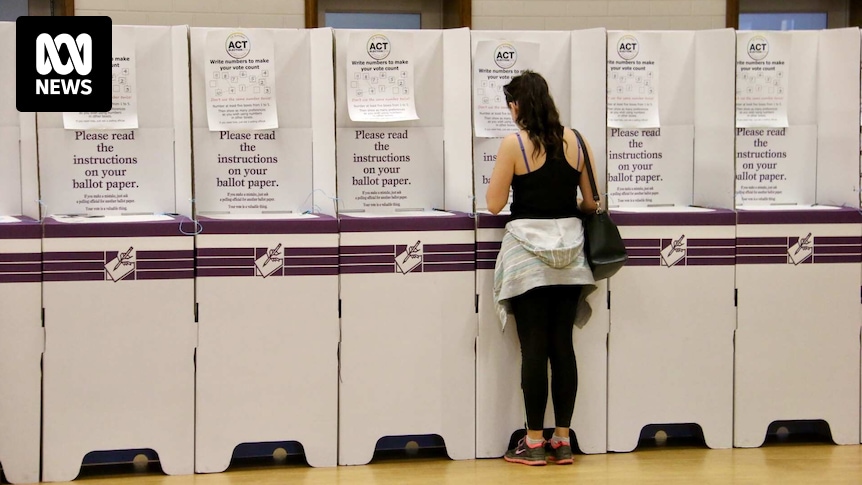Misinformation and Disinformation Campaigns Targeting Migrant Communities Threaten Australian Federal Election
As the Australian federal election approaches, political parties are ramping up their campaigns, vying for the support of voters across the country. While robust political discourse is essential for a healthy democracy, the rise of misinformation and disinformation campaigns poses a significant threat to the integrity of the electoral process, particularly for vulnerable communities such as migrants. These campaigns often exploit language barriers, cultural differences, and limited access to reliable information to manipulate migrant voters and sway their decisions.
Misinformation refers to the unintentional spread of false or inaccurate information, while disinformation is the deliberate dissemination of fabricated or misleading content with the intent to deceive. Both can have detrimental consequences, eroding trust in democratic institutions and undermining public discourse. Migrant communities, often facing unique challenges integrating into a new society, are particularly susceptible to these campaigns. They may rely on social media platforms, messaging apps, or ethnic media outlets for information, which can be easily infiltrated with false narratives.
Dr. Sukhmani Khorana, Associate Professor at the University of New South Wales, highlights the vulnerability of migrant communities to misinformation and disinformation campaigns. These communities, often grappling with language barriers and limited access to mainstream media, may inadvertently become targets of manipulative tactics. Furthermore, a lack of familiarity with Australian political landscape and processes can make it challenging for migrants to discern credible sources of information from those peddling false narratives. This vulnerability is exacerbated by the prevalence of closed social media groups and encrypted messaging apps, where misinformation can spread rapidly and unchecked.
The tactics employed in these campaigns are varied and often sophisticated. They may involve creating fake social media accounts, disseminating fabricated news articles, or manipulating images and videos to spread misinformation. Disinformation campaigns often exploit existing anxieties and prejudices within migrant communities, playing on fears about economic insecurity, cultural identity, or national security. They may also utilize microtargeting strategies to reach specific demographic groups within the migrant population, tailoring their messages to resonate with particular concerns or vulnerabilities.
The consequences of these campaigns can be far-reaching. Misinformation can distort public understanding of key policy issues, creating confusion and mistrust among voters. It can also suppress voter turnout, particularly among migrant communities who may feel disillusioned or disempowered by the spread of false information. Disinformation campaigns can further exacerbate social divisions, fueling prejudice and discrimination against migrant groups. This can lead to a sense of alienation and marginalization, hindering their integration into Australian society.
Combating misinformation and disinformation requires a multi-pronged approach. Media literacy programs, specifically designed for migrant communities, are crucial for empowering individuals to critically evaluate information and identify false narratives. These programs should be tailored to address the specific cultural and linguistic needs of different migrant groups. Fact-checking initiatives, in multiple languages, play a vital role in debunking false claims and providing accurate information. Collaboration between government agencies, media organizations, and community groups is essential to ensure that credible information reaches migrant communities through trusted channels. Furthermore, social media platforms must take greater responsibility for tackling the spread of misinformation and disinformation on their platforms. They need to invest in robust content moderation mechanisms and improve transparency around their algorithms to prevent the amplification of harmful content. Ultimately, protecting the integrity of the electoral process and ensuring that all voters can make informed decisions requires a collective effort from individuals, communities, and institutions alike.


